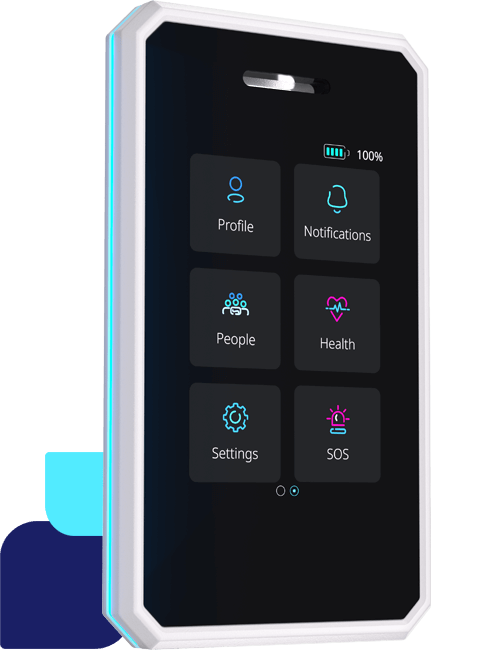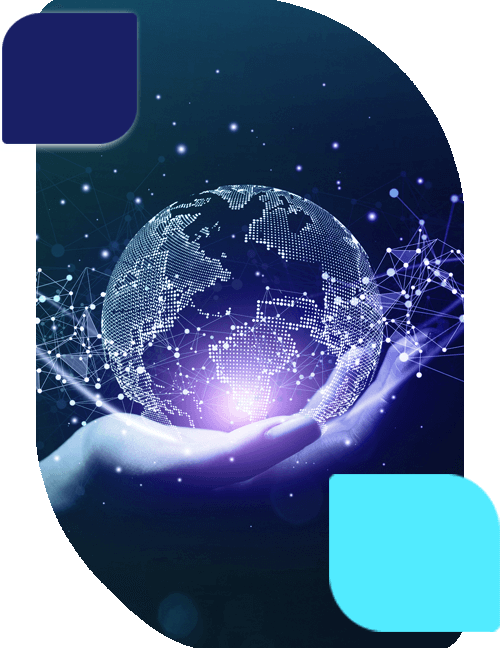Imagine being able to unlock a deeper understanding of your workplace, from highlighting the busiest hours of the day to pinpointing the exact location of lone workers. With location intelligence, managers can gain valuable insights to make informed decisions and ensure the safety and productivity of their staff. Real Time Location Systems (RTLS) are powerful tools that can provide real-time data on the movements of employees, giving managers the ability to keep track of their workforce in real-time, and even access historical location data for further analysis.
But real time location systems provide varying levels of accuracy. For example, some offer room level accuracy. Now, room level accuracy might be fine when you know only need the approximate location of someone – to know they were in a room. However, you may require person level accuracy to know exactly where someone was, perhaps in a particularly large room with valuable equipment in. We’re going to explore the benefits of, alongside the reasons why you might need person level accuracy.
Firstly, health & safety can be improved with person level accuracy. Knowing exactly where an individual is in a larger room can help if an accident, or emergency occurs, improving response times of help as well as informing individuals about the best exit route if they need to escape. Person level accuracy can also help show accident hotspots or risk areas, information which site managers can use to help to cut problems in the long-term.
An example of health and safety improvement in practice, is within the healthcare sector. Person level accuracy can help hospital managers improve patient care by using location intelligence to demonstrate that staff are washing their hands between patient visits; or finding the nearest appropriate member of staff to help prepare a bed for a new patient, or that social distancing is being adhered to when necessary.
When using person level accuracy, it is possible to identify the most common paths taken through a room, which can allow you to improve layout, or equipment placement to improve efficiency, whereas room level accuracy can only tell you when the room is busy. RTLS can also be combined with other sensors such as environmental monitoring sensors to accumulate temperature and air quality data from individual devices with person level accuracy, and figure out if there are problem areas, where temperature varies too greatly from the norm, or if air quality degrades below an acceptable standard. All this works toward improving wellbeing. Again, room level accuracy can help with this, however it will not work so well in larger rooms, or rooms with varying conditions throughout the working day.
Regulations about working within certain conditions or with particular equipment must be followed in some workplaces. Person level accuracy allows management teams to enforce regulations and ensure nobody is overstaying in certain areas, or around equipment for longer than they should be – or even using equipment that they are not trained or licensed to operate. Room level accuracy can help in those scenarios, but improved location accuracy helps to eliminate any uncertainty about whether regulations are adhered to. Better safe than sorry!
Person level accuracy can also help supply auditable data to show individuals are following processes, or routes, for example, security staff who need to patrol a certain route at a certain time. Or, if cleaners are expected to visit an area within a time limit. It can also help identify whether a doctor attended to Mr Smith or Mrs Garcia in Ward A. Room level accuracy won’t help to prove if cleaners covered an entire room, if security staff checked all the doors or windows, or who the doctor visited on a ward.
To conclude, person level accuracy has several key benefits that room level accuracy just can’t offer. Whether you need to provide an auditable data trail, improve health and safety for employees, customers and patients, or consider spatial analytics to improve your site layout or equipment placement, you can speak to Sense to find out more about the available levels of location accuracy and their benefits.







